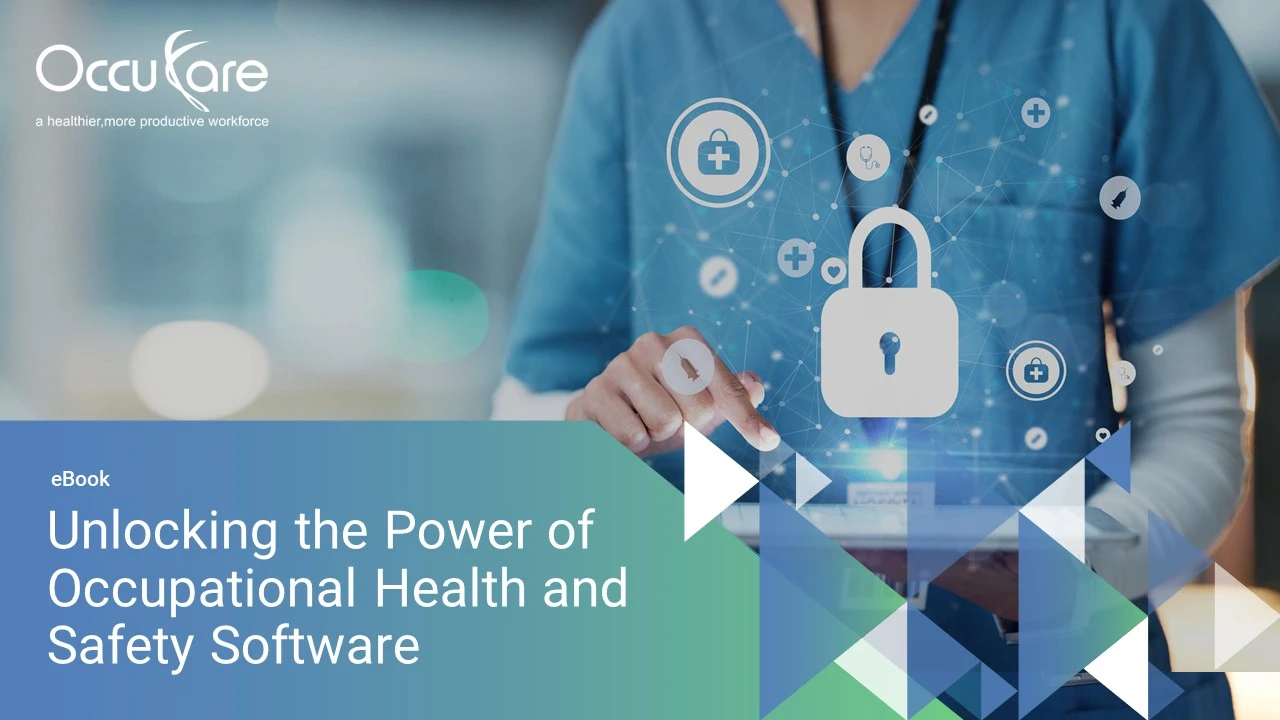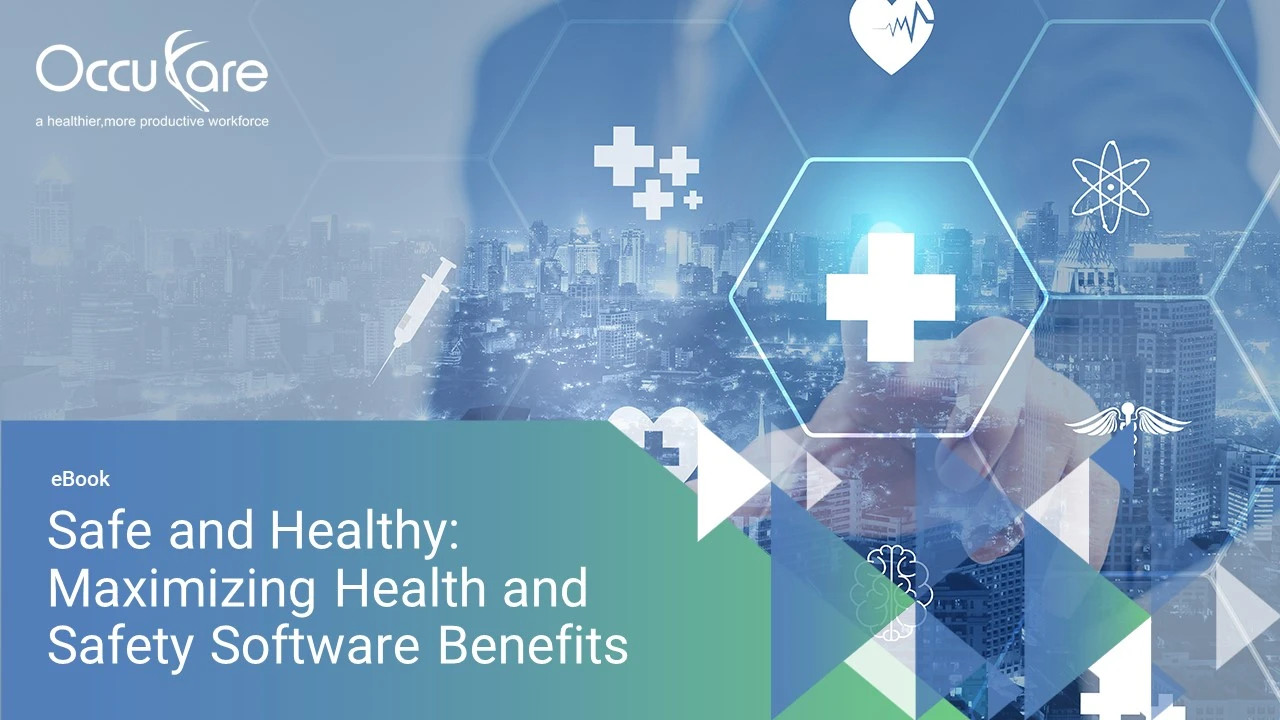Chapter 1 : Introduction
Introduction to OHS Software: Why it is needed?
Occupational Health and Safety (OHS) software is a specialized tool designed to assist organizations in managing and maintaining a safe and healthy work environment for their employees. It encompasses a range of functionalities aimed at improving workplace safety, reducing risks, ensuring compliance with regulations, and enhancing overall organizational efficiency. Let’s delve into why OHS Management Software is needed and its key benefits.
Regulatory Compliance: Workplace safety is subject to numerous regulations and standards that vary depending on the industry and location. OHS Management System helps organizations stay up to date with these requirements by providing tools to track, manage, and report on compliance-related activities. This ensures that the organization avoids penalties, legal issues, and reputation damage associated with non-compliance.
Incident Prevention and Management: Preventing workplace incidents and accidents is a top priority for any organization. OHS software assists in identifying potential hazards, assessing risks, and implementing corrective actions to minimize the likelihood of accidents. If an incident does occur, the software helps streamline the incident reporting and management process, allowing for prompt investigation, analysis, and implementation of preventive measures.
Centralized Data Management: The best OHS System provides a centralized repository for storing all relevant health and safety information, including incident reports, risk assessments, safety procedures, training records, and more. This centralized approach improves data accuracy, accessibility, and visibility, making it easier to monitor trends, identify areas for improvement, and make informed decisions.
Training and Awareness: Employee training is essential for ensuring that everyone in the organization understands safety protocols, practices, and emergency procedures. Occupational Health Center facilitates the scheduling, tracking, and reporting of employee training, ensuring that everyone receives the necessary education to work safely.
Risk Assessment and Management: Identifying potential workplace hazards and evaluating associated risks are crucial steps in maintaining a safe environment. Occupational Health Services offers tools to conduct comprehensive risk assessments, prioritize risks based on severity, and develop mitigation strategies to reduce or eliminate these risks.
Employee Engagement and Communication: Involving employees in safety processes is essential. OHS software often includes features for incident reporting, hazard identification, and suggestions. This encourages a culture of safety where employees feel empowered to contribute to a safer workplace.
Cost Savings: Investing in OHS software can lead to substantial cost savings by reducing workplace incidents, minimizing worker compensation claims, avoiding regulatory fines, and enhancing overall operational efficiency.
In summary, OHS software is essential for maintaining a safe and compliant workplace, preventing incidents, engaging employees in safety practices, and driving continuous improvement. It streamlines processes, enhances communication, and enables organizations to proactively address potential risks and challenges, ultimately leading to better employee well-being and organizational success.










